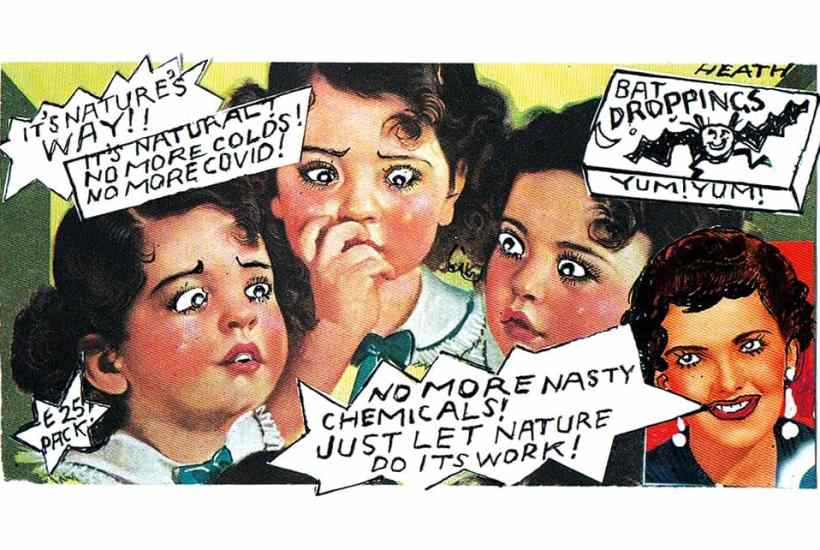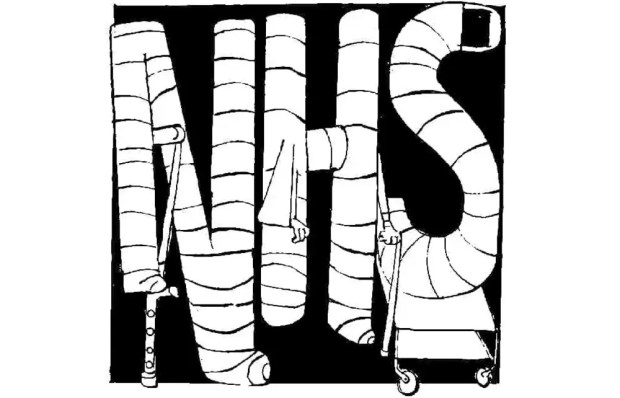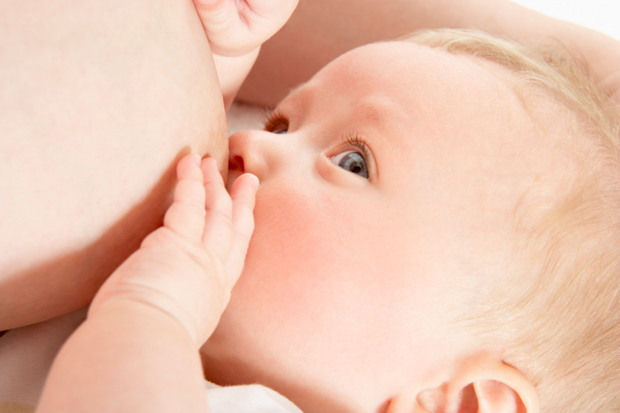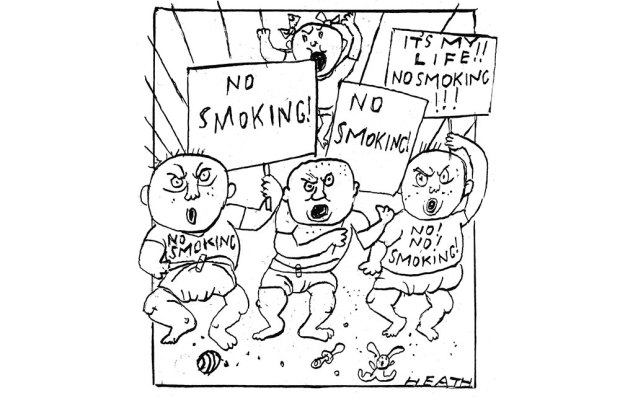Today’s medical treatment for major ills is unrecognisable, in sophistication and efficacy, from anything available during the immediate post-war period. We all live longer, pain is far better controlled, and antibiotics save lives – though fewer than they once did because of the cavalier way they have been overused. I did not take any at all until I was 20, and that was penicillin prescribed by a dentist. My children were brought up on it.
But I am not sure we are better off for minor conditions. Ambulances are demanded for what only needs a sticking plaster and it is estimated that more than half of those waiting five hours in A&E don’t need to be there at all. Many old home medicines still work well and if more people learned to use them it would free doctors up for the serious stuff. The medicine cabinet in my childhood home – really a grandly named shelf in the kitchen cupboard – always contained the following remedies (I may have forgotten some):
Witch-hazel, iodine, TCP (for cuts and grazes, bumps and bruises), camphor bags, Vicks VapoRub, Friars’ Balsam, ipecacuanha (coughs, colds, bunged-up noses, croup), smelling salts (feeling faint and funny), kaolin (hot poultices), embrocation (bruises, strains, muscle aches), Dr J. Collis Browne’s Chlorodyne (upset tummies), Bismuth tablets, bicarbonate of soda (indigestion), oil of cloves (toothache), oil of rosemary (nits), pure lanolin (sore skin, eczema), Germolene (general salve, babies’ bottoms), corn plasters, olive oil (earache, babies’ cradle cap), white vinegar (nettle stings, insect bites), bandages, sticking plasters, nail scissors, fine sewing needles (whitlows and splinters), drum of salt (diluted, for cuts and sniffing up a bunged-up nose), cod liver oil (constipation), oatmeal (soaked in a bath, for chicken-pox and itchy rashes), aspirin and The St John Ambulance Pocket First Aid Manual.
Because of rationing, everyone’s vitamin and mineral intake was below par, and boils, abscesses and styes were an everyday nuisance. To treat the first two, my mother made a kaolin poultice, as hot as one could bear it, re-applying it until the thing burst. Oil of cloves on cotton wool was pushed into a hollow tooth, cuts and grazes swabbed with TCP or iodine, which stung viciously. Winter brought croup, chesty coughs and stuffy noses for which we wore little bags of camphor round our necks. Vicks was rubbed in and Friars’ Balsam mixed in a jug with boiling water and inhaled, towel over head.
Mothers were expert at assessing the gravity of a fever with a hand against the forehead. Aged nine, I came a cropper after riding my bike with my feet on the handlebars. I still recall the pain as my face smacked down on to the road. I bust my nose, knocked out two front teeth – and myself for several minutes. I managed to walk the mile home, blood pouring. My mother sponged me with TCP, plastered a bandage across my nose and put cotton wool up my nostrils before administering a phenobarbitone tablet, for which she might now be arrested. I was sent to school the next morning, face hideously swollen. That fall set the standard against which all other injuries and pain are measured. Only if they are worse do I or my family need a doctor.
The NHS was young then and paying the doctor was fresh in the memory. Nobody took free medical treatment for granted and no one abused or overused it for several decades to come. Until not long ago, GPs looked after everything not classed as hospital-worthy, rarely referring you to anyone else unless you were terminal.
Some of my mother’s remedies worked as well as anything prescribed now; others were pharmaceutically useless but harmless; a few were downright dangerous, containing lead, arsenic, morphine and other ghastly poisons, albeit in small dosage.
We have come far and I am not attacking anyone practising in the NHS, who do their best in poor circumstances. But I do not doubt that the system is broken in all but a few top areas. Waste and overmanagement will remain serious problems until someone takes them by the throat. Who allows the profligacy in NHS hospital procurement to continue, so that one ream of copier paper, costing a fiver in the stationery shop, is bought for £25, never mind the scandal of PPE during the pandemic. Time to take some medical responsibility back into our own hands.
Got something to add? Join the discussion and comment below.
Get 10 issues for just $10
Subscribe to The Spectator Australia today for the next 10 magazine issues, plus full online access, for just $10.
You might disagree with half of it, but you’ll enjoy reading all of it. Try your first month for free, then just $2 a week for the remainder of your first year.















Comments
Don't miss out
Join the conversation with other Spectator Australia readers. Subscribe to leave a comment.
SUBSCRIBEAlready a subscriber? Log in